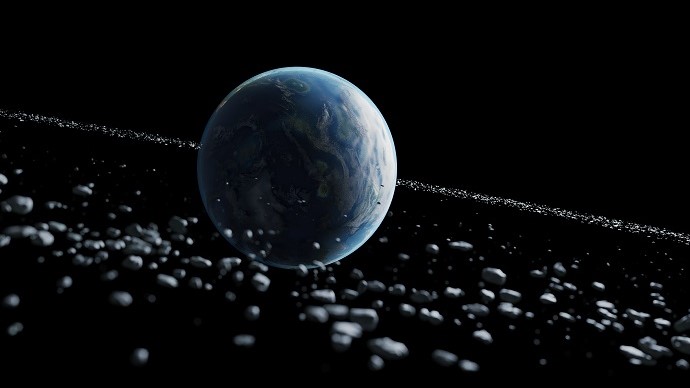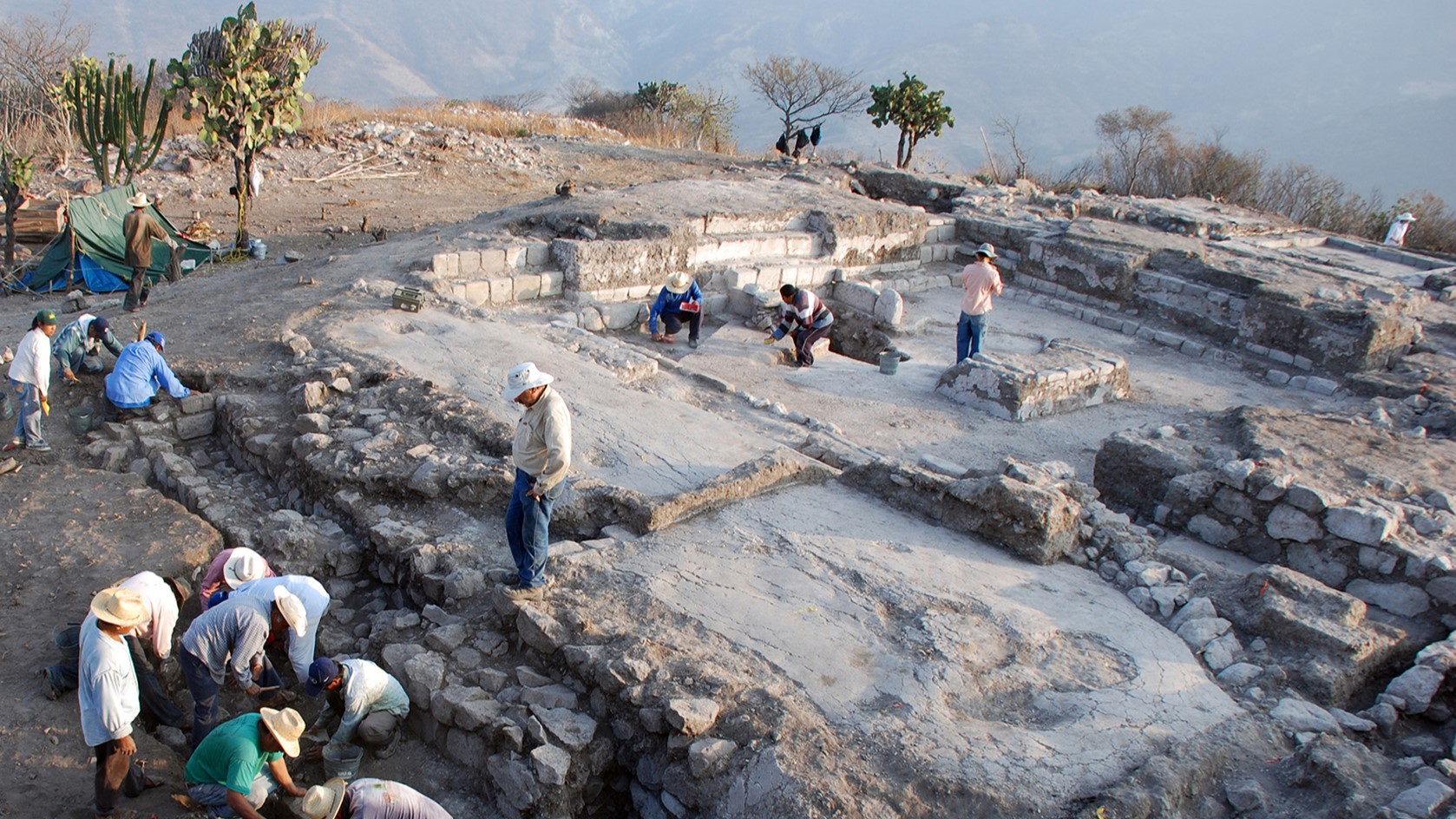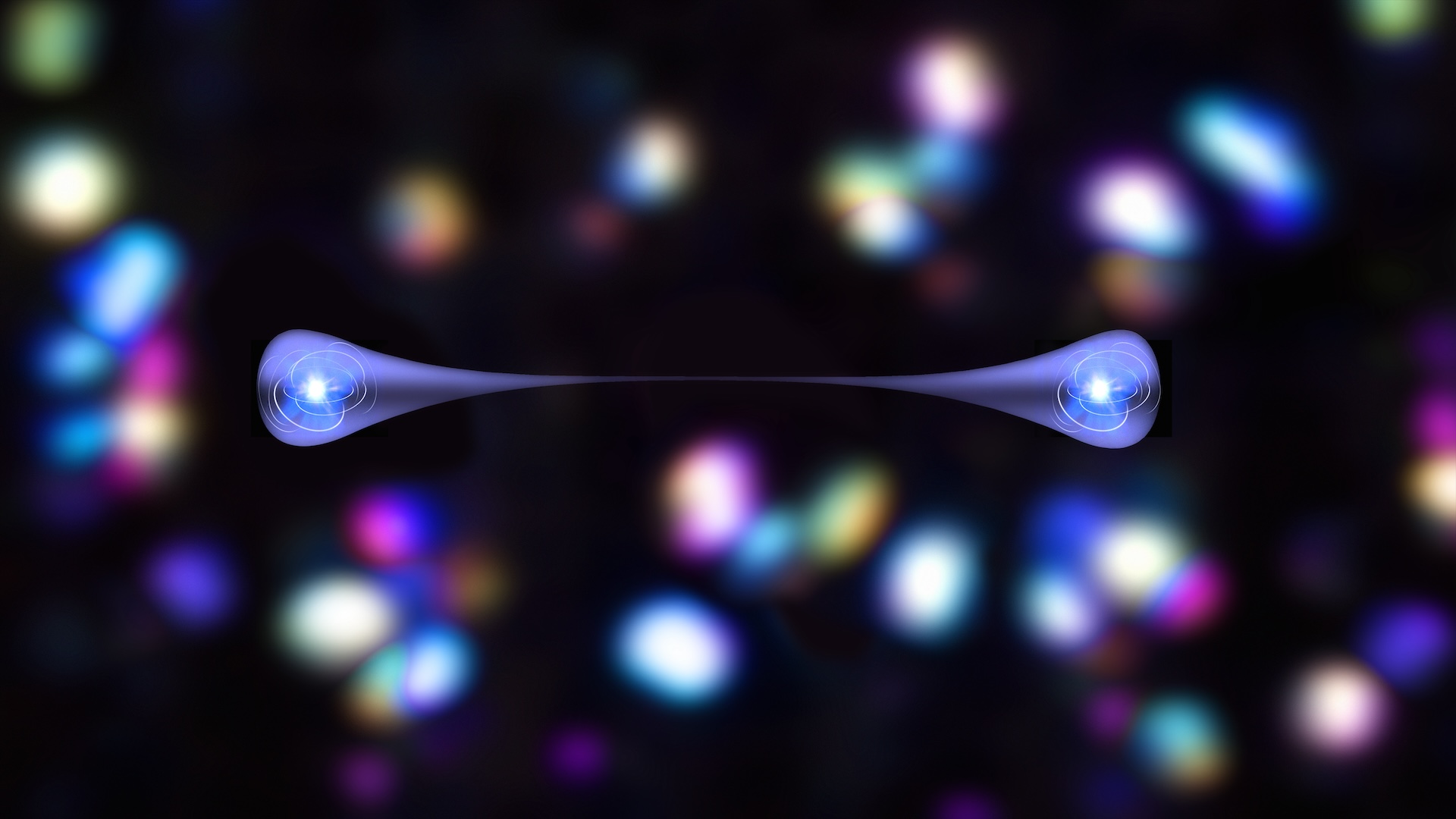Earth once wore a Saturn-like ring, study of ancient craters suggests
The ring could be responsible for a prolonged drop in temperatures millions of years ago.

Earth may have had a giant ring of space rocks surrounding it, similar to those around Saturn, which could have led to chaotic meteorite strikes on our planet's surface, new research suggests.
The hypothesized ring may have formed roughly 466 million years ago and was the remains of a gigantic asteroid tugged apart by Earth's tidal forces after passing our planet's Roche limit.
Casting a shadow across Earth's equator, the ring may have contributed to a global cooling event by blocking sunlight, while bombarding the surface with meteorites. The researchers published their findings Sept. 16 in the journal Earth and Planetary Science Letters.
"Over millions of years, material from this ring gradually fell to Earth, creating the spike in meteorite impacts observed in the geological record," study lead author Andy Tomkins, a professor of planetary science at Monash University in Australia, said in a statement. "We also see that layers in sedimentary rocks from this period contain extraordinary amounts of meteorite debris."
The scientists arrived at the startling hypothesis by studying a period in Earth's history known as the Ordovician (485 million to 443 million years ago). The Ordovician was a tumultuous time for our planet — it was one of the coldest periods in the last 500 million years and saw a dramatic uptick in the rate of meteorites striking Earth.
Related: Could scientists stop a 'planet killer' asteroid from hitting Earth?
To investigate what could have caused these effects, the scientists mapped the positions of 21 Ordovician asteroid impact craters, which revealed that all the impacts occurred within 30 degrees of Earth's equator.
Sign up for the Live Science daily newsletter now
Get the world’s most fascinating discoveries delivered straight to your inbox.
As 70% of Earth's continental crust was located outside this region, the researchers calculated that the probability of this happening by chance was the same as tossing a three-sided die 21 times and getting the same outcome 21 times.
With these highly unlikely odds in mind, the researchers settled on a hypothesis that could explain both the equatorial strikes and planet's cooling — a ring, the remnants of a smashed-up asteroid, encircling Earth at the equator.
More evidence is needed to support the hypothesis, but the ancient ring theory could explain many aspects of Earth's history, especially if rings appeared more than once above our planet before being slowly erased as their asteroids were sucked down by its gravity, the researchers said.
"The idea that a ring system could have influenced global temperatures adds a new layer of complexity to our understanding of how extra-terrestrial events may have shaped Earth's climate," Tomkins said.

Ben Turner is a U.K. based staff writer at Live Science. He covers physics and astronomy, among other topics like tech and climate change. He graduated from University College London with a degree in particle physics before training as a journalist. When he's not writing, Ben enjoys reading literature, playing the guitar and embarrassing himself with chess.










